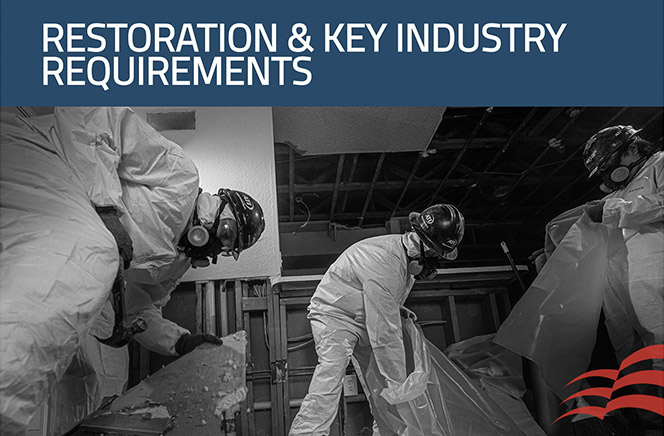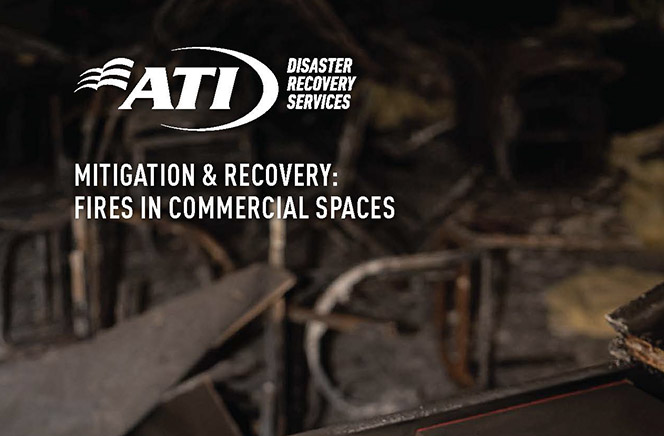Why Hire ATI Restoration for Lead and Asbestos Removal?
Dealing with lead and asbestos removal yourself can be very dangerous. Improper handling during the removal, disposal, and containment of these hazardous materials can release harmful particles into the air and contribute to serious health problems. DIY attempts may also overlook legal regulations and risk legal consequences.
The highly-trained lead and asbestos abatement specialists at ATI Restoration have the experience, expertise, and equipment necessary to ensure compliance with safety guidelines and minimize the risks associated with lead and asbestos exposure.
If your home contains asbestos or lead, there are many reasons to choose ATI Restoration for lead and asbestos removal:
The presence of hazardous materials can constitute an emergency. We'll send experts to your home right away to handle the situation.
From PPE to specialized transport and air monitoring, we use advanced equipment for every stage of the job.
Our experienced technicians are highly trained and qualified to tackle even the most difficult tasks with precision and professionalism.
In addition to removing asbestos and lead, we offer a full selection of services for cleaning, restoring, and rebuilding your home.
Clear and prompt communication is a cornerstone of our commitment to service. You will be well-informed at every step of the process.
We want to get you back in your home as quickly as possible. Our expertise, advanced training, and hard work get the job done faster.



